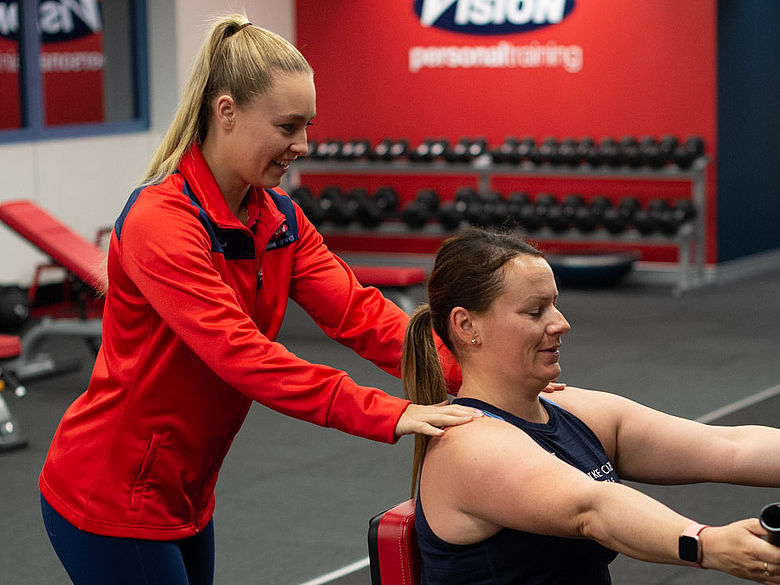With the introduction of the Bioscan in our studio, our eyes have been opened to many additional health results. One in particular which has caught my eye is Visceral Fat. Today we are going to learn a bit about what visceral fat is, what the healthy range is, what are the associated health risks for those with high levels, and how we can reduce our visceral fat.
To kick us off, first we need to understand a bit more about what Visceral Fat actually is! Visceral fat is the fat that surrounds your organs in your torso. This fat is essential to your survival as it helps to regulate body temperature, cushion and protect your organs and plays a role in releasing several essential hormones. For this reason, it is actually considered an endocrine organ. There is, however, such thing as too much of a good thing, and this is especially true of visceral fat. In regards to your visceral fat levels in your Bioscan, 1-5 puts you in the good range, 6-9 in the average range, and 10+ puts you in the poor range. It is important to note that a person could look quite lean (i.e. low subcutaneous fat) but still have high visceral fat. This is why the Bioscan is so important to help identify all levels of body fat for a complete understanding of an individuals' overall body composition and health status.
The associated health risks of an unhealthy amount of visceral fat are very serious. Type 2 diabetes, high blood pressure, heart disease and strokes, certain types of cancer, sleep apnoea, osteoarthritis, and fatty liver disease and kidney disease. The good news is, that whilst visceral fat is definitely the most concerning, it is not a difficult fat to lose. It is estimated that for every kilo lost, up to 30% of the fat lost will be from visceral fat. So, if a person loses 10 kilos of body fat, up to around 3 kilos will be from visceral fat.
So how is the best way to go about reducing your visceral fat levels? A nutritious eating plan is essential to your health, in particular one that includes high alkaline foods. For a food to be classified as high alkaline it needs a pH level above 7 (pH levels go from 1-14, the higher the pH level, the higher the alkalinity in the food). Foods that we are looking at to fit these high alkaline levels are mostly raw fruit and vegetables, for example spinach, kale, banana, sweet potato, celery, carrots, kiwi and cauliflower. Make sure that you pay attention to how you prepare and cook your fruits and vegetables, as certain methods can reduce the alkalinity. Speake to your personal trainer about developing a healthy eating plan to get the most out of your food.
Another important area to help control your visceral fat to a healthy level is stress management. The stress hormone cortisol can actually increase how much visceral fat your body stores, so reducing the stress in your life will make it easier to lose it. Practice meditation, deep breathing, and stress management tactics such as recording what causes you stress and what helps you to relax.
With all this in mind, the first step is to identify your own visceral fat levels. Come into the studio today for a Bioscan and to chat with one of our trainers to get started on the path to a healthier you!
*Disclaimer: Individual results vary based on agreed goals. Click here for details.

